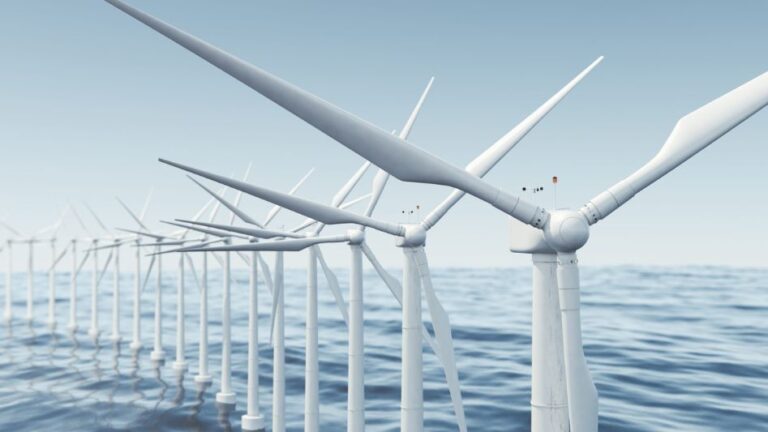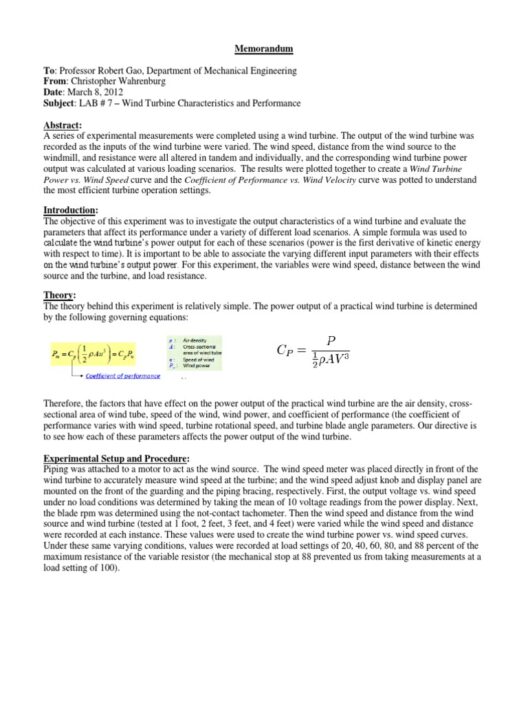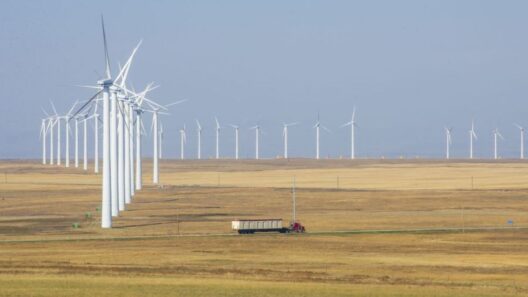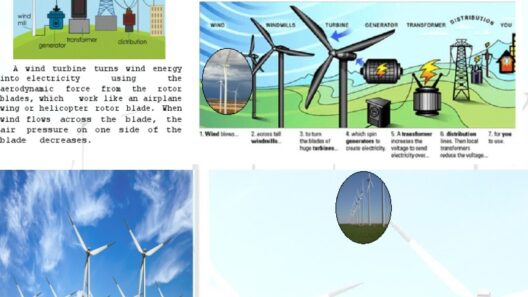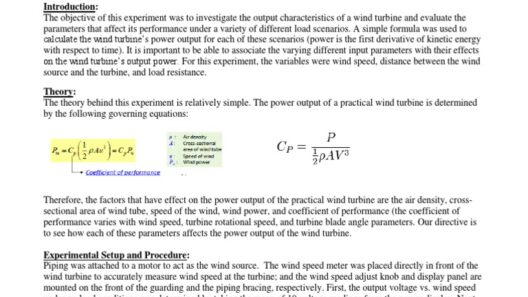Wind energy stands at the forefront of the renewable resources revolution. Countries across the globe are harnessing the power of wind to reduce dependence on fossil fuels, combat pollution, and mitigate the dire effects of climate change. Understanding where wind energy is used unveils a tapestry of innovation, commitment, and hope. This article explores the diverse landscapes and markets where wind power is making significant strides, revealing a promising shift in perspective towards renewable energy.
From vast plains to coastal shores, the geographical allocation of wind energy initiatives is both strategic and intentional. Let’s delve into some of the most wind-rich regions worldwide.
Wind Power’s Stronghold: The United States
In the United States, wind energy has burgeoned over the past few decades, becoming one of the most feasible sources of renewable power. States like Texas, Iowa, and California have taken the lead in wind energy production.
In Texas, expansive wind farms dot the landscape, taking advantage of the state’s flat terrain and open spaces. Notably, the state has been at the forefront of wind energy, generating more electricity from wind than any other state. The production capacity not only serves local needs but is also integrated into the national grid, symbolizing a unified commitment to sustainable practices.
Further north, Iowa has capitalized on its wind-rich topography and is now a model for other states. Over 40% of Iowa’s energy comes from wind, showcasing a successful infrastructure adaptation. This integration not only boosts local economies but also creates green jobs, further promoting sustainability.
California too stands out with its picturesque wind farms lining the coastal ridges, harnessing the powerful offshore winds. The inclusion of wind energy is a critical component of California’s ambitious renewable portfolio standards, aiming to eliminate greenhouse gas emissions. The growth here illustrates that regions with different geographic characteristics can still find fruitful avenues for capturing wind power.
Europe: A Continent Leading in Wind Energy Innovation
Europe is a beacon of wind energy production and innovation. Countries like Germany, Spain, and Denmark are exemplars of how governmental policies can shape the future of energy sustainability.
Germany’s commitment to the Energiewende, or “energy transition,” emphasizes a shift to renewable energy sources. The country has heavily invested in onshore wind farms, revolutionizing its energy landscape. Innovations in turbine technology and grid management have put Germany on the map as a wind energy powerhouse.
Denmark, on the other hand, stands out for its early adoption of wind technology. The nation has made astounding strides, where more than 47% of its energy comes from wind—a statistic that is unprecedented on a global scale. Wind energy has become so integral that it not only powers homes but also supports the country’s economy, leading to a burgeoning green investment market.
Spain has also embraced wind energy, leveraging its geographic advantages. The country features diverse terrains—from mountainous areas to coastal landscapes—ideal for wind farms. Spain ranks high in both installed capacity and production, heavily contributing to the European Union’s dedication to renewable energy.
Rising Star: Wind Energy in Asia
As the global demand for clean energy escalates, Asia has begun to emerge as a significant player in the wind energy market. China, in particular, has exploded onto the scene, claiming the title of the world’s largest producer of wind energy.
In China, the government has prioritized renewable energy as part of its national strategy to combat air pollution and climate change. The vast expanses of land and favorable wind conditions lend themselves to large-scale wind farms. By 2021, China accounted for over one-third of the global wind capacity, showcasing the power of strong governmental support and investment.
India is following closely behind, with burgeoning wind farms proliferating across its landscape. The coastal regions of Tamil Nadu are particularly well-suited for wind energy, which has been met with transformative advancements in technology. Wind power, already contributing significantly to the country’s energy mix, is set to grow even larger as India strives to meet ambitious renewable energy targets.
The Untapped Potential in Africa
While Europe and North America are often heralded as pioneers in wind energy, Africa contains a wealth of untapped potential. Countries like South Africa and Morocco are paving the way for wind energy development on the continent.
In South Africa, the Renewable Energy Independent Power Producer Procurement Programme has incentivized wind energy initiatives, resulting in the establishment of numerous wind farms. These projects not only cater to the local population’s energy needs but also bolster the economy through job creation and infrastructure development.
Morocco is taking significant strides by linking wind energy to its ambitious goal of obtaining 52% of its energy from renewable sources by 2030. The country’s plans to construct large wind farms will be crucial in harnessing the relentless winds of its coastal regions, contributing to energy sustainability on the continent.
Conclusion: The Road Ahead
The arc of wind energy utilization is expansive and continues to grow with each passing year. No longer viewed merely as an alternative energy source, wind power is now an integral component of many countries’ energy strategies. As geographical landscapes shift and technologies advance, the global engagement with wind energy paints an optimistic picture for the future of renewable resources.
Spanning every continent, wind energy offers a myriad of benefits. From job creation and energy independence to significant reductions in greenhouse gas emissions, embracing wind power could radically revolutionize our relationship with energy. Understanding where wind energy is utilized not only piques curiosity but also underscores the vital role each region plays in the collective effort to secure a sustainable future. Embracing the winds of change is more than just an aspiration; it is a necessity for the survival of our planet.


